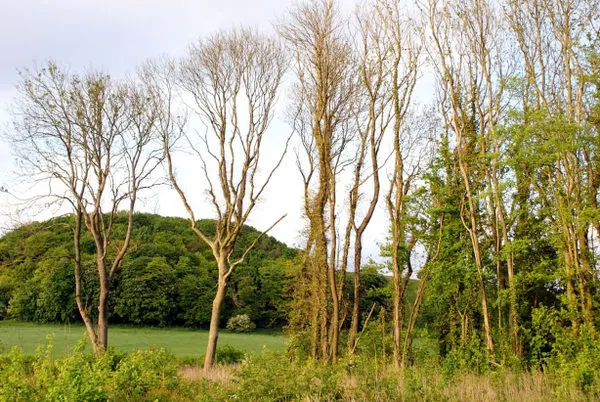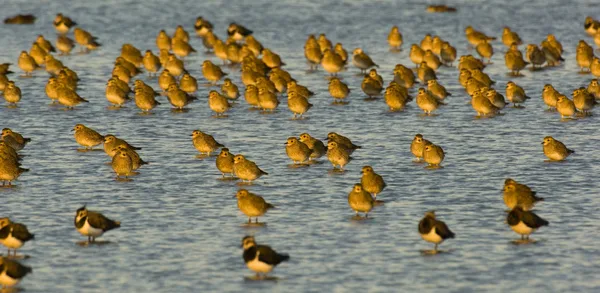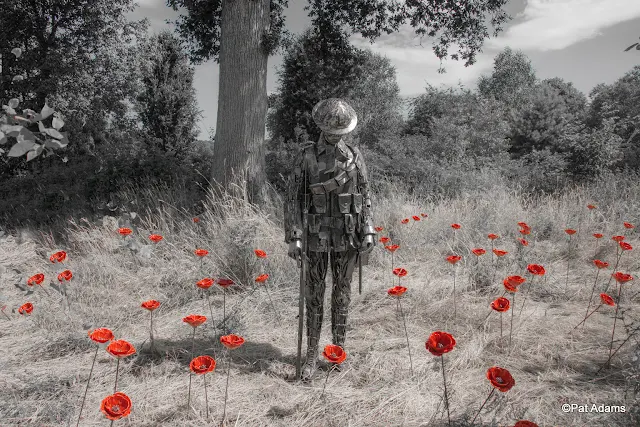Leading local conservation charity Devon Wildlife Trust is asking the public to help it address one of the biggest challenges facing the county’s countryside and its wildlife.
It wants shoppers at Tesco stores across Devon to help it gain a major monetary boost from the supermarket giant. It’s asking people to drop the little blue tokens they receive at the check-out into the nearby collection boxes which read ‘Devon Wildlife Trust – Saving Devon’s Treescapes’.
The initiative is the latest effort from the charity in its attempt to address the widespread and disastrous effects of ash dieback disease. Devon Wildlife Trust’s message is very much that ‘every little helps’ in the battle to fill the hole which will be left by the widespread loss of ash trees, one of the most common and best-loved of all our trees.
It is estimated that ash dieback will kill at least 90% of Devon’s ash trees in the coming years. The fungal disease is now established and widespread, having arrived in the UK in 2012. Dead and sickly ash trees are a common sight in the South West. The disease and its impact on landscapes is being compared to that of Dutch Elm Disease which ravaged elm trees in the 1960s and 70s.
In response Devon Wildlife Trust is leading the fightback, with the Devon Ash Dieback Resilience Forum, in its Saving Devon’s Treescapes project. It wants to work with local communities across the county to plant and then look after thousands of replacement trees. These won’t be ash trees, but they will be of other native Devon species including oak, field maple, aspen , lime, beech, birch and hazel.
Saving Devon’s Treescapes is one of three local causes shortlisted for a Tesco Bags of Help Centenary Grant, which could be worth up to £25,000 to help it in its fight to restore Devon’s rural and urban landscapes. The charity is hoping that the public will get behind it and show their support.
Peter Burgess is Devon Wildlife Trust’s Director of Conservation and Development. He said:
“The facts are stark. We anticipate losing most of the two million ash trees in Devon. That’s a lot of holes in our hedges, in our parks, gardens, roadsides and riverbanks. Their loss is also a huge blow for our already struggling wildlife. Ash trees provide food, a place to live for a wide range of other plants, animals and fungi, and crucially corridors which connect the web of life in the county.
We know that planting replacement, disease-resistant, native species trees is the most effective response we can make. But to do this we need the public’s help. So, I would ask, please can all Tesco shoppers add their little blue tokens to save Devon’s Treescapes ? By doing so they will be making a world of difference to the local wildlife and landscapes that we all love.”
The chance to help the Saving Devon’s Treescapes project runs in Tesco stores until 31 December 2019.
Devon Wildlife Trust is leading the Saving Devon's Treescapes project on behalf of the Devon Ash Dieback Resilience Forum, a cross-sector partnership of more than 30 organisations established in 2016.
Sick and dying ash trees. Photo copyright Devon Wildlife Trust (All rights reserved)
👀👀👀
👀👀👀
More on Devon Ash Dieback Resilience Forum at www.devonashdieback.org.uk
Devon Wildlife Trust is the county’s leading environmental charity, with 35,000 members. The charity manages 51 nature reserves and six Valley Parks across Devon, including a range of beautiful landscapes such as woodlands, meadows, wetlands and heaths. Devon Wildlife Trust relies on charitable donations, grants and the generous support of its members and the general public to raise more than £4million every year. Money raised is spent maintaining our work for wildlife conservation and education in Devon, for present and future generations. More at www.devonwildlifetrust.org
Devon Wildlife Trust is the county’s leading environmental charity, with 35,000 members. The charity manages 51 nature reserves and six Valley Parks across Devon, including a range of beautiful landscapes such as woodlands, meadows, wetlands and heaths. Devon Wildlife Trust relies on charitable donations, grants and the generous support of its members and the general public to raise more than £4million every year. Money raised is spent maintaining our work for wildlife conservation and education in Devon, for present and future generations. More at www.devonwildlifetrust.org




